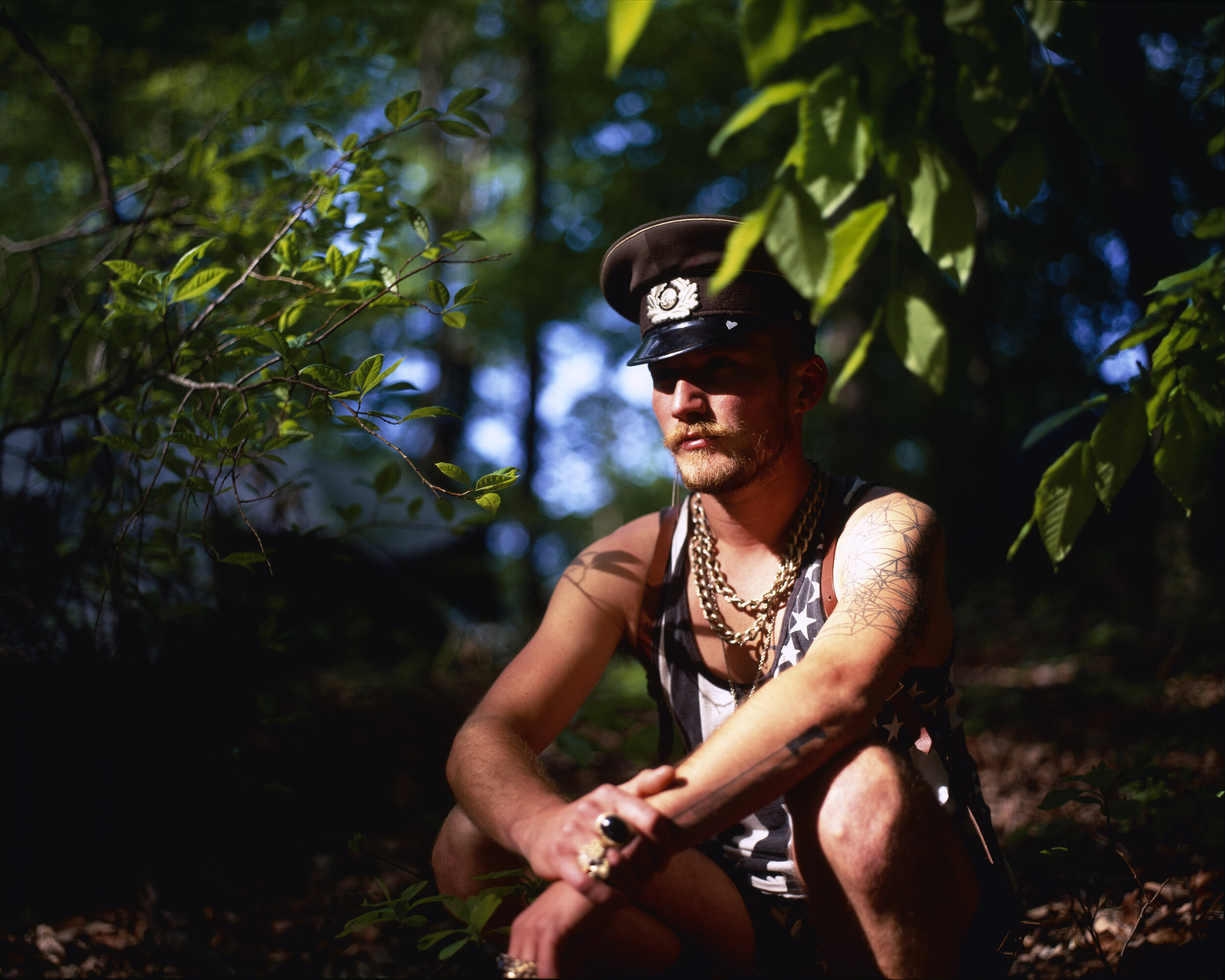NEW UTOPIA
commissioned for Homoculture
Text by Tristan Verran
originally published in Homoculture
The new utopia should not be defined as ‘dystopia’, neither should it be confined within the binaries of human linguistic subjectivity. Furthermore, it is not a place that is necessarily alienated from the human subject by time and space. It is a qualifiable area that exists between the polarities of darkness and light ¬ a space I like to call ‘the mesotopia’. In respect of this, the western convention of relying on the subjective, “I”, “Je” or “Ich”, becomes redundant. There is no ‘us’ and ‘them’. The object reveals itself to be closer to the human subject than we ever imagined. In fact, we are caught within a myriad of non¬human entities, which bind us in a co¬dependency of systems that defy rudimentary nomenclature. It is an environment that remains occluded, hidden from the prying eyes of all but the most dedicated explorers.
In light of this discovery, a radical new pilgrim emerges to explore this terrain. The new pilgrims experiment with ritual and they investigate the concept of routine. They exhibit a cultural eclecticism as they play with received convention. Here within ‘the mesotopia’ there are no clear boundaries. Even the familiar territories that have established a tradition of romantic awe throughout the history of western art are revisited. Hidden within the darkness there is light.
The modern urban environment, beloved of the ‘accursed poets’, is rapidly being reconfigured into a sanitized space devoid of even the possibility of significant social transgression. In response to this, the new pilgrims are rediscovering their relationship with the non¬urban space. As travellers, they undertake their d érive i n the wilderness and they revisit what it means to be a pilgrim in a world free from all the oppressive meta-narratives of history. They explore the realm between nearness and distance, autonomy and community, rational understanding and irrational speculation. Once again the art of walking has become an act of discovery.
The current transgressions redefine our relationship with the non¬human other, and gradually a new self¬-realization comes into view. A new aesthetic is slowly revealed that communicates the essence of stillness. The mesh of ecosystems expose an intimate interconnectedness with the world around us that deconstructs the traditional assumption that there is a space between the subjective “I” and the objective ‘other’. We are the air we breathe and the nutrients we ingest; we are our environment.














